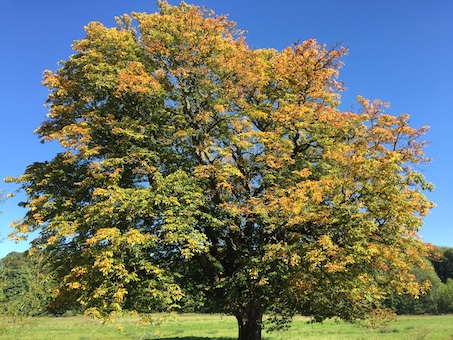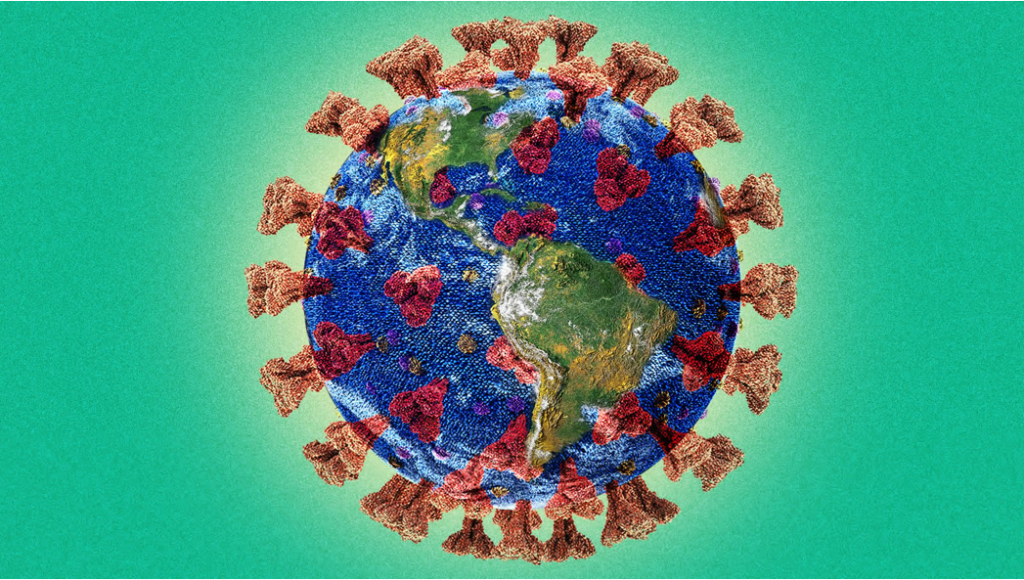At times it can be difficult to generate ideas for new products. Powers of imagination have been sucked dry by daily routines. Many years ago I came across a technique that is a great way to re-ignite a tired imagination.
A lot of work in product development is filled with routine; making sure that it meets health and safety, finding manufacturing and distribution routes, developing marketing material, checking cultural issues and so on. This can drain any imagination. One way to get ideas flowing is to ask what-if questions.
The technique starts by looking at the problems with a product and asking why it is not selling. Then look at successful products in a different market. Gather all of the information about the company behind the successful product and in particular how they developed the product, introduced it into the market and what business model they are using. The key at this stage is not to get too detailed about the company as that will definitely kill any imagination! Once the material has been gathered the fun bit starts. Ask “What if company x ran company y?” As the ideas start to flow they must be recorded with an open mind for example, without starting to dismiss them as irrelevant or throwing them in the ‘too difficult box’. Then go for a coffee or a walk around the block before coming back to sift through what has been generated, a bit like panning for gold, gently sift through the ideas until one or two shine out for further work.
Let’s look at a few examples. There are many industries that fall under the heading of energy intensive such as food, refining mining, construction and so on which rely on carbon based energy. Many governments around the world are putting decarbonisation strategies in place but they are taking the usual approach of more research coupled with a few industry incentives. It is debatable how successful they will be. We need some new ideas to generate a more radical approach: it is good territory for a what-if question. Tesla is a very successful company whose aim is “Today, Tesla builds not only all-electric vehicles but also infinitely scalable clean energy generation and storage products. Tesla believes the faster the world stops relying on fossil fuels and moves towards a zero-emission future, the better.” Not only has Tesla looked at producing energy efficient cars but some of the key areas that they have developed are; a business model which is based on direct sales and service, not franchised dealerships, so that they remain in close contact with the customer. Its business model pays particular attention to rolling out charging stations that may be the biggest obstacle to the mass adoption of electric vehicles. Tesla has stretched the business model to encompass energy storage systems for homes and businesses. Then the question is “What if Tesla took over the running of an energy intensive company?” How would they look at the energy efficiency say of a glass production plant? What techniques would they employ to reduce the amount of energy to produce say a bottle? Would they increase the amount of software to optimise the plants operation i.e. remote plant optimisation and maintenance? Would they introduce energy recovery and storage systems so that the glass manufacturing can switch more to using only electricity? After a few minutes a number of ideas are generated that are recorded and explored further.
There are many areas where what-if questions could be asked. For example if we are going to rely more on local producers to reduce food miles then part of their problem is supplying their products to the consumer at the same convenience as supermarkets. “What if Ocado took over the distribution system for small food producers?” Another interesting area would be how to tackle the decline in biodiversity. Then a what-if question would be “What if Chester Zoo took over the management of the environment?”
Of course trying to get a radically new idea through an existing organisation’s bureaucracy can verge on the impossible and invariably the idea gets chipped away at until it ends up as a minor modification. However, don’t give up, if it is a good idea then could be worthwhile taking it somewhere else? Although asking what-if questions can be done over a cup of coffee it is much better to get a diverse group of people involved. Why not try a Zoom meeting with participants around the world?
Asking what-if questions can be a great way of generating new ideas for products. It is a way of opening up the imagination and exploring new areas. It takes very little effort apart from gathering some information usually from the web. Who knows, it may help you develop the next breakthrough product!





